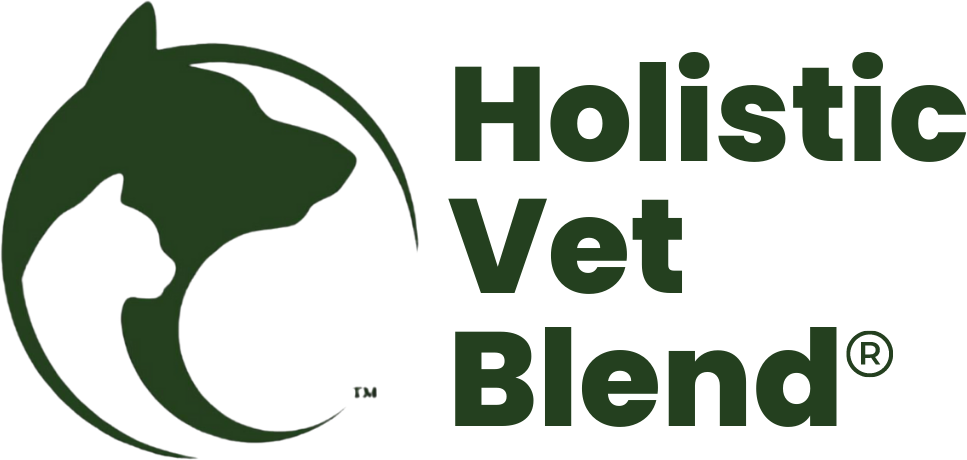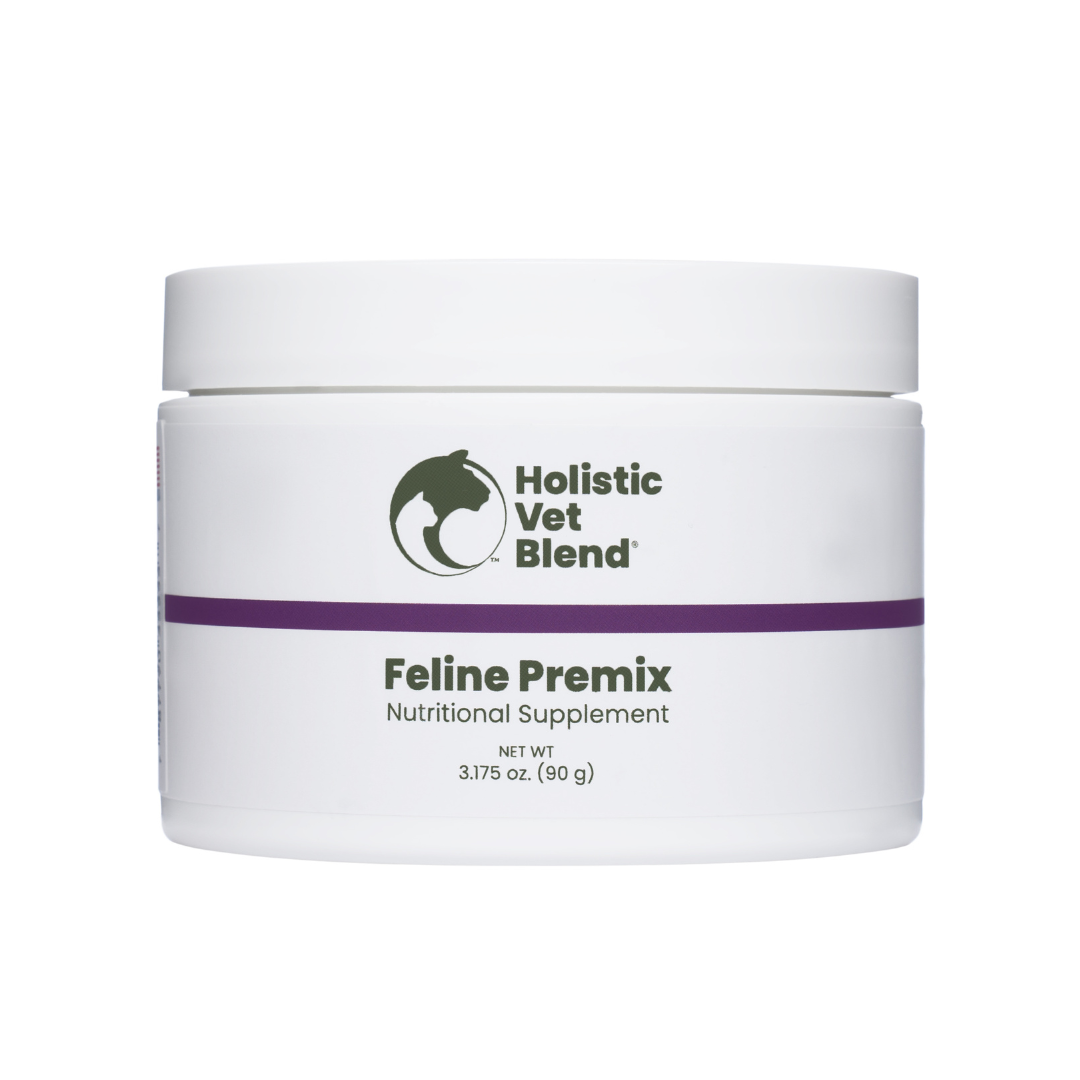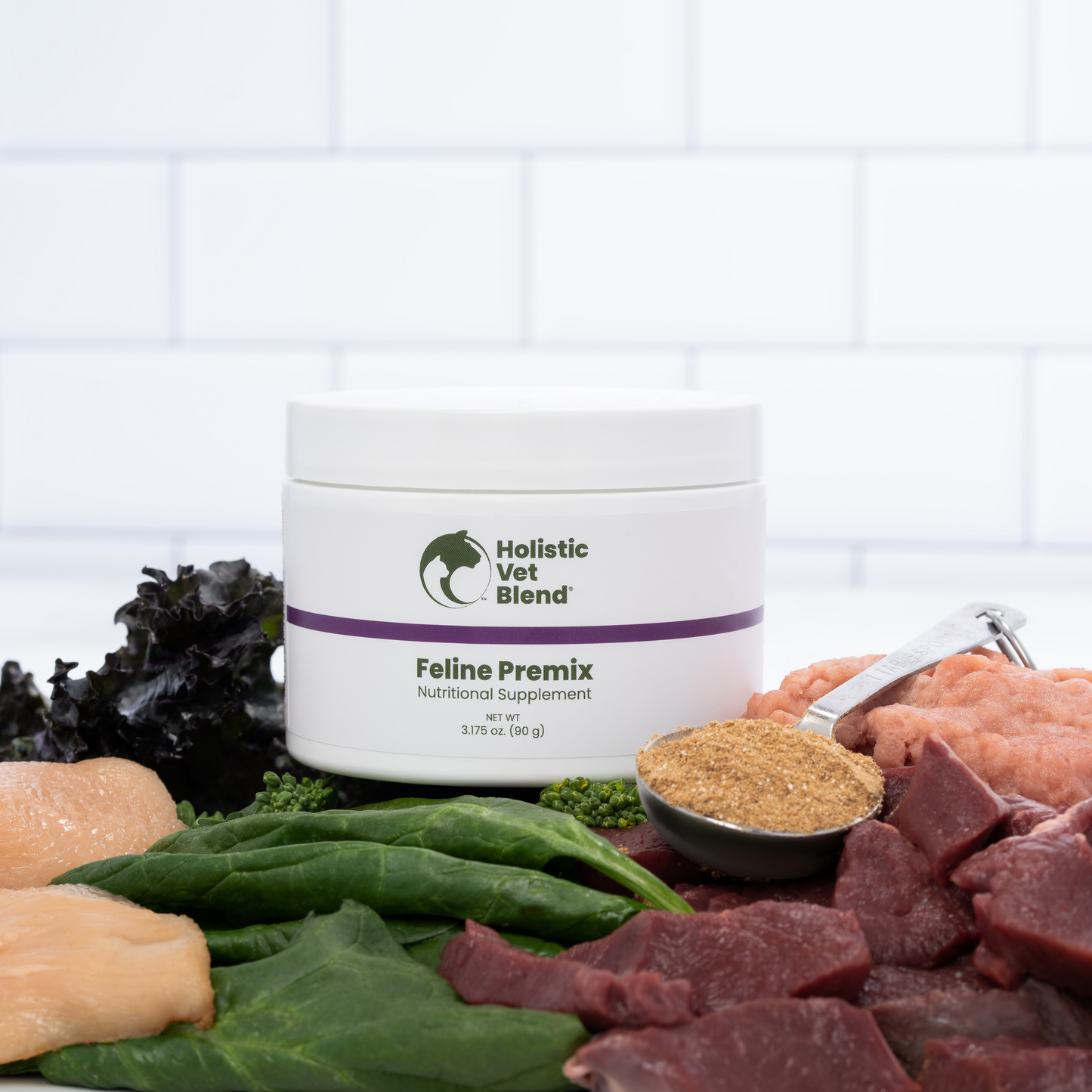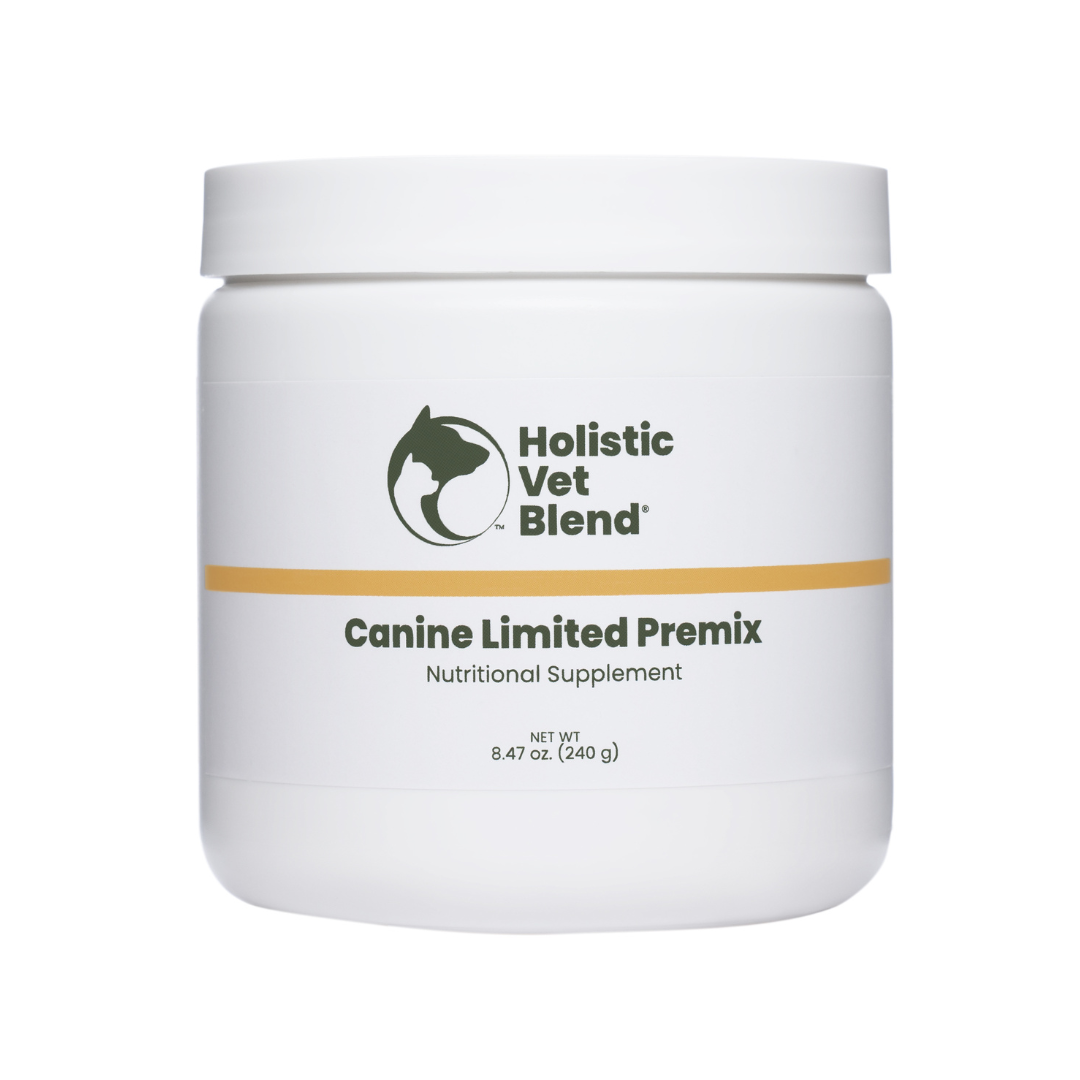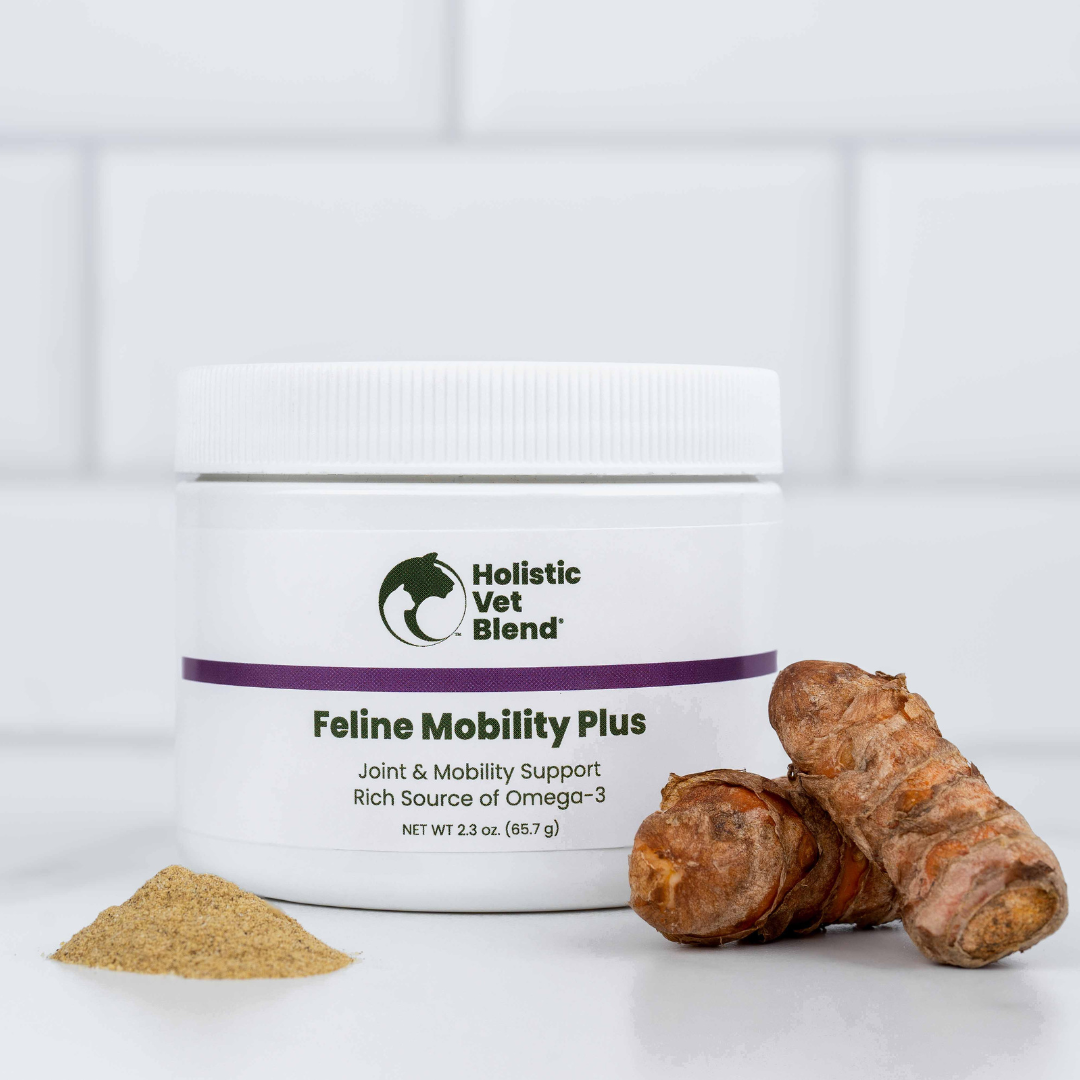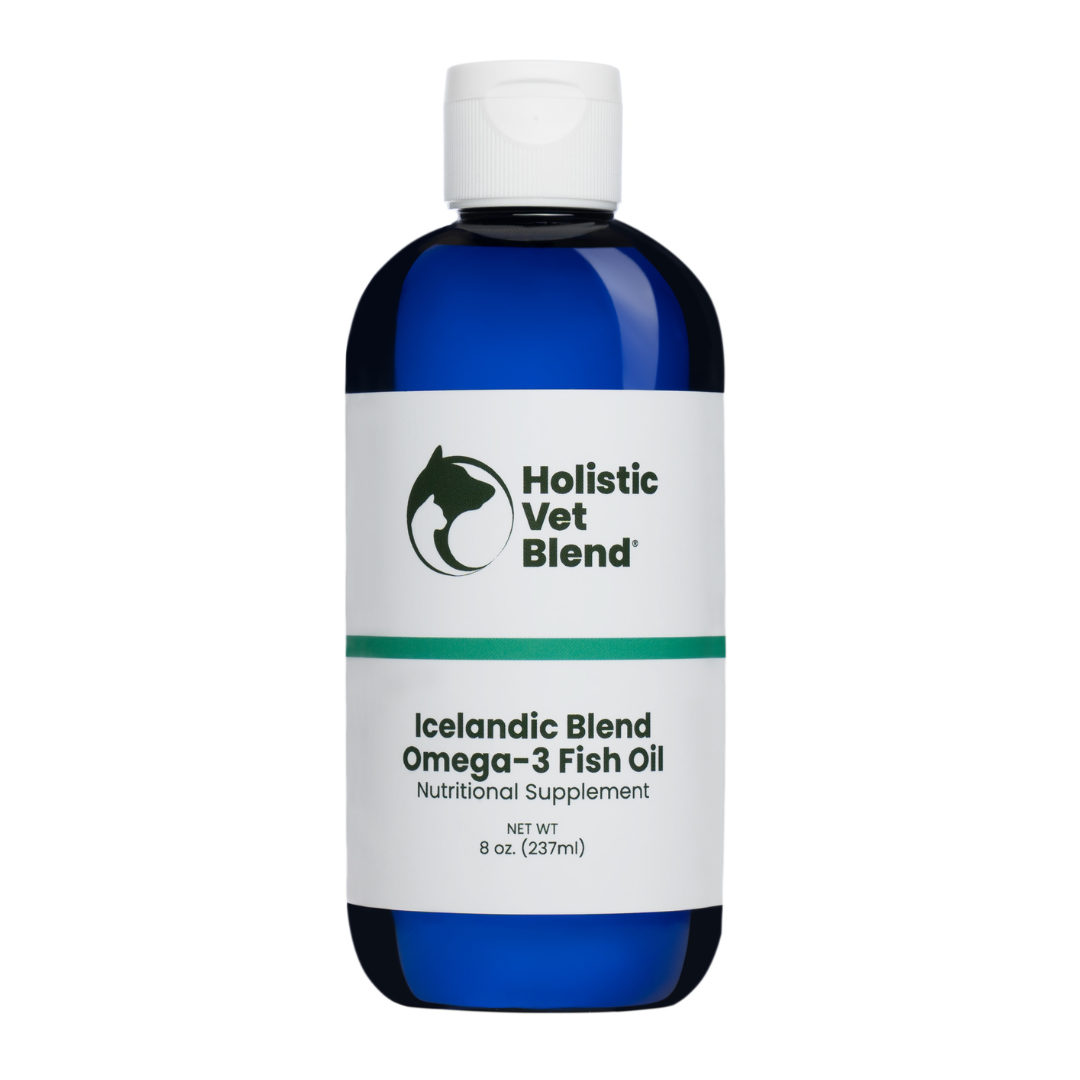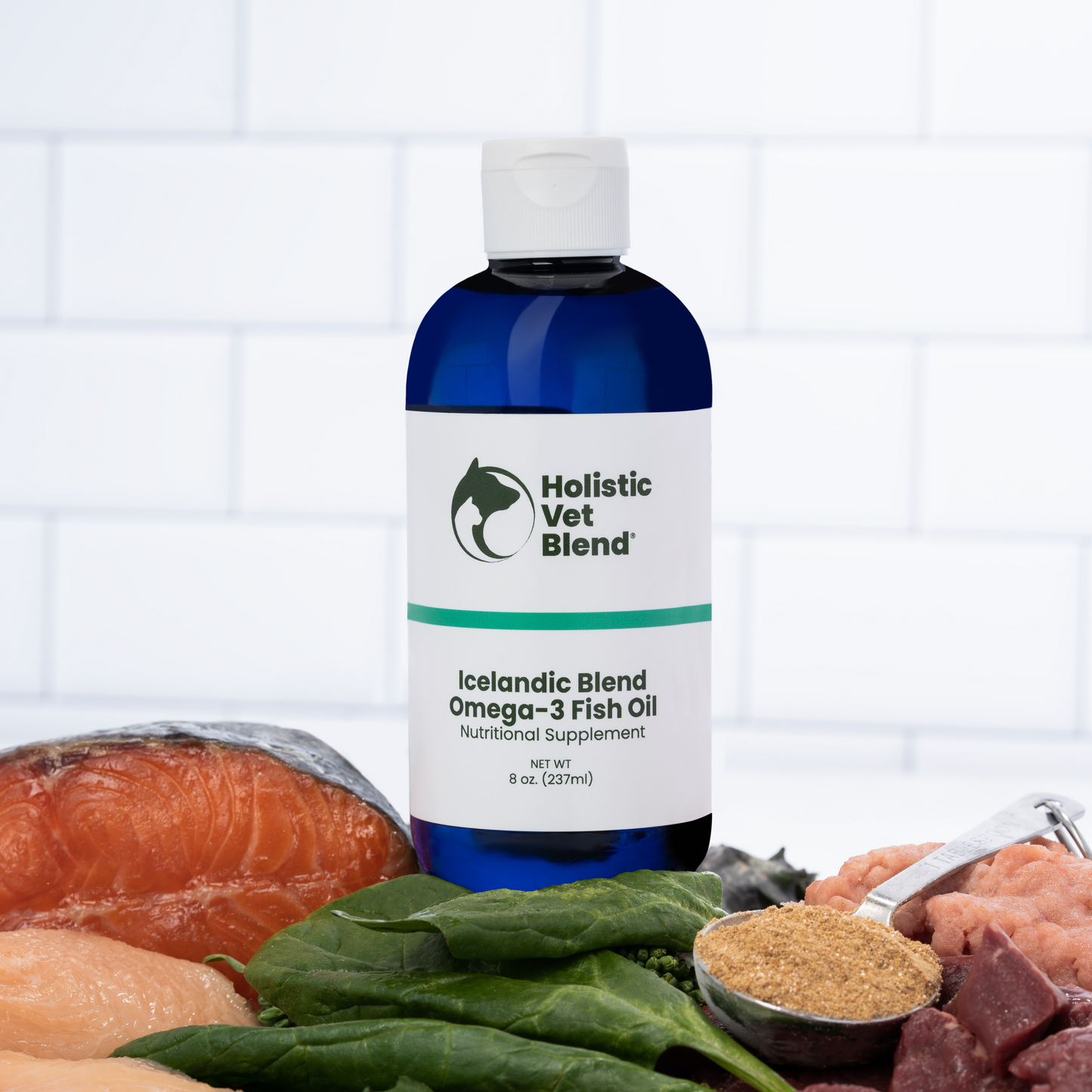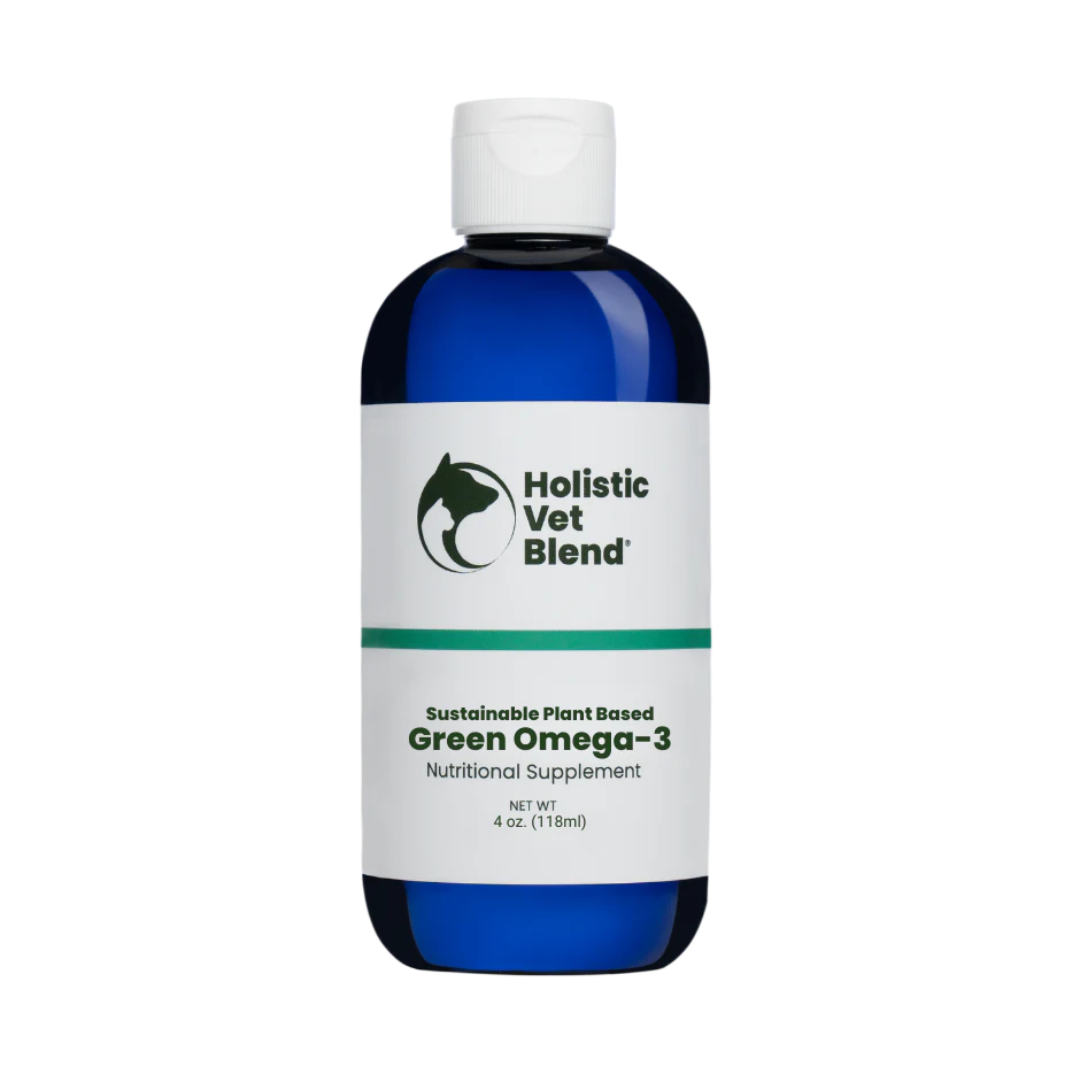
Key Highlights
- Protecting your pets from fleas and ticks is important for their health and yours.
- Reports on the internet abound regarding reactions to flea and tick repellents, creating concern for pet owners.
- There are safe and effective nontoxic flea repellent methods for control that you can try, but you must also weigh the disease risks in your area.
- Regular vacuuming, diatomaceous earth, borax, flea combs, natural flea collars, essential oil blends, nematodes, and cedar chips are some effective nontoxic flea repellent methods.
- Understanding the flea life cycle is essential for effective control.
- Implementing these nontoxic flea repellent methods can protect your pet from fleas and ticks without exposing it to harmful chemicals.
Introduction
One of the biggest concerns for pet owners is how to protect their furry friends from fleas and ticks. These pests not only cause discomfort for pets but can also transmit diseases to both animals and humans. While numerous products for flea and tick control are available on store shelves, many of them contain toxic chemicals that can be harmful to the health of your pet and your family.
To ensure the safety of your pets and loved ones, it is essential to explore nontoxic flea repellent methods. These methods not only effectively repel these pests but also minimize the risks associated with conventional pesticide-based products. In this blog, we will discuss ten safe and effective nontoxic flea repellent techniques that you can use to protect your pet and your home.
By incorporating these methods into your flea control routine, you can make informed decisions regarding flea and tick control for your household. These techniques range from regular vacuuming and the use of natural substances like diatomaceous earth and borax to mechanical solutions like flea combs and natural flea collars. Additionally, we will explore the use of essential oil blends, beneficial nematodes, cedar chips, FleaBusters, and diatomaceous earth and debunk common myths about garlic and other ineffective remedies.
ALERT! NEVER TO BE USED ON CATS:
Permethrin is deadly for cats and should never be used on or around them (See Below)
10 Safe and Effective Flea Repellent Techniques
There are various safe and effective methods you can use to repel fleas and protect your pets without exposing them to harmful chemicals. These methods include regular vacuuming, the use of diatomaceous earth and borax, flea combs, natural collars, essential oil blends, beneficial nematodes, cedar chips, lemon spray, and debunking myths about garlic and other ineffective remedies. Each of these methods targets different stages of the flea's life cycle and provides a nontoxic flea repellent alternative for flea control. Let's explore each of these techniques in more detail.
1. Regular Vacuuming: A Simple Yet Powerful Tool and Washing Bedding
Regular vacuuming is a simple yet powerful tool in the battle against fleas. Believe it or not, a study was done to show that virtually all fleas sucked into a vacuum are killed in the process. Vacuuming also helps to remove eggs, larvae, and pupae from your home, preventing them from developing into adults.
Vacuum every other day when dealing with an infestation or when the summer months are high for fleas. Be sure to focus on areas where your pet spends most of its time, such as bedding, furniture, and carpeted areas. If you need to use an attachment to access crevices, corners, and under furniture, these are common hiding spots for fleas and their eggs.
To enhance the effectiveness of vacuuming, you can sprinkle diatomaceous earth, Fleabusters, or borax on your carpets before vacuuming. Wash bedding regularly in hot water and dry in a heated dryer or in the sun. Fleabusters is designed to kill fleas and is labeled safe for children and pets after application, where Borax or diatomaceous earth are not. When I was in veterinary school, in a household of three with many dogs and cats living in a carpeted house, we used Borax effectively to control the fleas. It was also a budget-friendly option for broke veterinary students!
Although the vacuum will kill most of the fleas, be sure to empty your vacuum bag or canister immediately after vacuuming to prevent fleas from reinfesting your home. By regularly vacuuming, you can significantly reduce the flea population in your home and protect your pets from these pesky pests.
2. Diatomaceous Earth: Nature's Pest Control
Diatomaceous earth is a natural substance made from the fossilized remains of diatoms, a type of microscopic algae. It is an effective and nontoxic flea repellent, but should not be inhaled. Diatomaceous earth works by dehydrating and killing fleas and other pests that come into contact with it. The microscopic sharp edges of the diatomaceous earth particles damage the exoskeleton of the fleas, leading to their eventual death. To use diatomaceous earth, sprinkle a thin layer of the powder in areas where fleas are likely to be present, such as pet bedding, carpets, and cracks and crevices. Leave the powder in place for a few days, then vacuum it up. It is important to use food-grade diatomaceous earth, as other forms may contain chemicals that can be harmful to pets.
I have never been a big fan of using diatomaceous earth in the house or on my pets. It is a fine powder, and I don't like the idea of pets or humans inhaling it. If you use it, wear a mask. Since I can't effectively keep my pets from inhaling it I won't use it on them or the carpet.
3. Borax: The Household Flea Fighter
Fleabusters powder and Borax are both popular choices for homeowners seeking to manage infestations in their homes, each with its unique features and considerations. Both products have shown efficacy in controlling flea populations, but Fleabusters powder is specifically engineered for this purpose and may offer a more targeted approach to flea management. Borax, a natural mineral compound, is another effective nontoxic flea repellent method for flea control. Both work by dehydrating and killing eggs and larvae.
Ultimately, the choice between Fleabusters powder and Borax will depend on individual priorities regarding safety, cost, and specific pest control needs. When it comes to safety around children and pets, Fleabusters is often lauded for its specialized formula designed to be less harsh, making it a preferred option for households looking to maintain a safe environment. While Borax, a common household product known for its versatility in cleaning and pest control, can also be effective against fleas, it requires careful handling and application to minimize exposure risks to children and pets due to its more abrasive nature.
Borax is safe for use in the home and is an affordable alternative to chemical products. To use borax, sprinkle a thin layer of the powder on carpets, pet bedding, and other areas where fleas are likely to be present. Use a broom or brush to work the borax into the fibers of the carpet. Leave the borax in place for a few days (I usually leave the house for 3-4 hours), then vacuum it up. Be sure to empty the vacuum bag or canister immediately after vacuuming to prevent fleas from reinfesting your home. Borax can be repeated as needed for flea control. It is important to note that borax should not be used directly on pets, as it can be irritating to their skin.
4. What About Combs and Bathing with Shampoo?
Combing is a simple method for removing fleas from your pet's coat. Flea combs have tightly spaced teeth designed to catch and remove fleas, flea eggs, and the excrement from the fleas from the fur. Unfortunately, they are not very effective alone, as over 95% of fleas and their offspring live in the environment.
To use a comb, start at the head and comb through the entire coat, paying close attention to areas where fleas are likely to hide, such as the neck, tail, and underbelly. After each stroke, dip the comb in a bowl of soapy water to drown any fleas or eggs that have been caught. I mostly only use this as a "diagnostic test." If you see fleas or flea dirt (their excrement), you have a problem in your environment. You can also test the by putting it on a white tissue and adding alcohol to it which will turn the debris a burnt rusty red color.
Bathing with any shampoos (even Dawn dish detergent) or medicated baths designed for pets will kill fleas on your pet. Unfortunately, as combs, most of the fleas are not on the pet but in the environment. So, here you have another diagnostic test. Give your pet a bath with warm water, and if you see fleas in the soapy water, or worse yet, climbing onto your pet's face as you wash, you know you've got a problem, and it's going to take more than a bath.
5. Natural Flea and Tick Collars: Herbal Protection
Natural collars are an alternative to conventional flea collars that contain potentially harmful chemicals. These collars are infused with essential oils and other natural ingredients that repel fleas and ticks and provide tick prevention. Essential oils like lavender, citronella, and eucalyptus have natural flea and tick-repelling properties and can help keep your pet free from these pests. To use a natural flea collar, simply place it around your pet's neck, ensuring a snug but comfortable fit. The collar releases the essential oils, creating a natural barrier against fleas, ticks, and other pests. It is important to choose a natural flea collar that is specifically designed for your pet's size and weight. Read the label carefully to ensure that the collar is safe for cats or dogs.
Another product that I have used to repel fleas that is safe on cats is called Dermoscent. They have several products that you can apply that will provide a barrier and soothe the skin.
6. Essential Oil Blends: Aromatic Deterrents repel ants and mosquitoes too
Essential oil blends can be used as aromatic deterrents to repel mosquitoes and fleas, especially on dogs. As most fleas live in the environment, I usually avoid essential oils on cats. Cats simply groom too much to be ingesting essential oils from their coat, especially when they have fleas. their sense of smell and respiratory system are sensitive to essential oils, especially cats with asthma.
Dogs tolerate certain essential oils, such as lemongrass, neem, lavender, and rosemary oil. These oils have natural flea-repelling properties. I find cedar oil to be the most effective. One product I like is Wondercide; however, the cedar oil is very strong, and I don't particularly care for it. Instead, I make my own blend of lemongrass, citronella, and lavender oils for a natural flea and mosquito repellant.
If you prefer to make your own DIY pet-safe insect repellent? One effective recipe uses lemongrass essential oil and lemon eucalyptus oil, which is a natural insect repellent. There is a reported synergy using more than one oil (2).
It is important to note that you should start at the highest dilution (lowest concentration) when you first start using essential oils for your dog. If your dog has not problem with it, you can increase the percentage gradually. Start with 1-3 drops per once. You can increase this amount by adding 10 drops of cedar oil if they tolerate the lemongrass and lemon eucalyptus. I find cedar oil to be irritating to my eyes, and I don't particularly like the odor. I have had pet owners who have dogs regularly exposed to ticks tell me they have found fewer ticks when they use the cedar oil. It's time to make the point that you still have to check for ticks when you come home from your hikes or when pets could be potentially exposed.
I love the smell of lemongrass, and that is my favorite oil to use as I don't mind the odor, and I use it on myself for mosquitoes. I add the lemon eucalyptus for the fleas and ticks. Here's how to make it:
Ingredients:
- 1 cup water (I use purified or distilled so that the spray bottle performs best with a mist)
- 10 drops of lemongrass essential oil
- 10 drops of lemon eucalyptus essential oil
Instructions:
- Add 10 drops of lemongrass essential oil and 10 drops of lemon eucalyptus oil to 1 cup of water.
- Mix well.
- Pour the mixture into a spray bottle.
- Spray the essential oil onto your pet's fur and rub it in. Be sure to avoid the eyes, nose, and mouth. I shield my pets' eyes when I spray them down. Be prepared to go out for a walk immediately so they do not lick the oil off.
- I have used this around horseflies and had to apply it every 1-2 hours to keep them off of my dogs.
This is a formula that I use on myself (spraying on my pant legs and hat mostly) and the dogs. I mostly use environmental control and flea combs on my cats. I won't spray essential oils on them as they are so sensitive to them, and they would groom themselves after spraying, which would lead to a froth fest and potentially a sick kitty.
Check out the procedure here on my YouTube Channel.
7. Nematodes: Fight Fleas Naturally in Your Yard
Beneficial nematodes are microscopic worms that can be used as a natural and nontoxic flea repellent method for controlling fleas. These tiny organisms feed on larvae and other pests in the soil, interrupting their life cycle and preventing them from becoming adults.
To use nematodes for flea control, purchase them from a garden supply store or online. Follow the instructions provided to apply the nematodes in areas where fleas are likely to be present, such as your yard or garden. The nematodes will seek out flea larvae in the soil and effectively control the flea population. It is important to ensure that the nematodes you purchase are labeled as beneficial nematodes for pest control. These nematodes have been approved by the Environmental Protection Agency (EPA) for use in flea control and are safe for the environment.
8. Short Grass and Cedar Chips: Repelling Fleas Naturally
Keep your lawn cut short. Longer grass is a haven for fleas, which like shade and moisture.
Cedar chips are a natural and effective method for repelling fleas. Cedar contains natural oils, including cedar oil, which have flea-repelling properties. Placing cedar chips in your pet's bedding can help to repel fleas and keep them away from your pet. The scent of cedar acts as a natural deterrent for fleas, making it an effective and nontoxic flea repellent option. Additionally, adding a few drops of cedarwood oil to a spray bottle of water can create a natural nontoxic flea repellent for your home.
To use cedar chips, simply place them in your pet's bedding or sprinkle them around areas where fleas are likely to be present, such as under furniture or in outdoor kennels. The aromatic scent of cedar will deter fleas from infesting these areas. Cedar chips can be replaced periodically as needed to maintain their flea-repelling properties. By using cedar chips, you can provide a natural and safe environment for your pet while effectively repelling fleas.
9. Flea Birth Control?
In the realm of holistic veterinary care, we often endeavor to find solutions that balance efficacy with minimal side effects, particularly when it comes to flea control. Lufenuron stands out as a notable option within this framework. Unlike many chemical alternatives that directly kill fleas—often accompanied by potential side effects like seizures—Lufenuron operates as a flea growth regulator. This means it doesn't kill fleas outright but significantly impedes their ability to reproduce in the environment. This mechanism offers a more gentle approach to managing flea populations, reducing the risk of introducing harmful side effects commonly associated with more aggressive treatments. In navigating the delicate balance between effective flea control and the overall well-being of our pets, Lufenuron presents itself as one of the safer alternatives. It offers a way to control flea populations with evidence that it is effective while not compromising the health and safety of our beloved animals. I have never seen a reaction to Lufenuron, and it is generally regarded as very safe.
10. Myths Debunked: Garlic and Other Ineffective Remedies
Several myths and ineffective remedies for flea control should be debunked. One common myth is the use of garlic and Brewer's yeast as a natural repellent. There is no scientific evidence to support its effectiveness. In addition, garlic can be toxic to pets in large doses and can cause adverse reactions. It is best to avoid using garlic as the sole method of flea control unless you want your dog to smell like Chinese takeout.
Understanding the Flea Life Cycle
To effectively control fleas, it is important to understand their life cycle. Fleas go through four stages: egg, larvae, pupae, and adult. The majority of the flea population is in the egg and larvae stages, making these stages the primary targets for flea control. By targeting the eggs and larvae, you can prevent the development of new fleas and reduce the overall flea population. Understanding the flea life cycle is essential for successful flea control and can help you choose the most effective methods for keeping your pet and home flea-free.

Breaking the Cycle: How Each Method Works
Regular vacuuming eliminates adult fleas, larvae, and eggs, disrupting their life cycle. Diatomaceous earth dehydrates and kills fleas through its abrasive nature. Borax desiccates the eggs, preventing their development. Fine-toothed combs physically remove fleas from pets' fur. Natural collars emit scents that repel fleas. Essential oils act as natural insect repellents. Nematodes target larvae, interrupting their growth cycle. Cedar chips release aromatic compounds that deter fleas. Lemongrass spray's citrusy scent repels fleas effectively. Each method targets different stages of the life cycle, aiding in comprehensive pest control.
Implementing These Methods in Your Home
Implementing nontoxic flea repellent control methods in your home is simple and effective. Start by grooming your pets regularly and washing their bedding in hot, soapy water. Vacuum and wipe down pet-frequented surfaces often, paying special attention to cracks and crevices. Use natural products such as diatomaceous earth and essential oils to repel and kill fleas and ticks. Additionally, consider using beneficial nematodes in your yard to control flea populations without the use of harmful pesticides. By following these steps, you can create a nontoxic environment that is safe for your pets and family.
Indoor Strategies for Flea Control
When it comes to the indoors, there are several strategies you can employ. Start by regularly grooming your pets and washing their bedding in hot, soapy water. Vacuuming your home every other day, paying special attention to upholstery and carpeted areas, can help remove eggs and larvae. Using natural products such as diatomaceous earth and essential oils can also be effective in repelling and killing fleas. Additionally, consider using a comb to manually remove fleas from your pets. By implementing these indoor strategies, you can effectively control fleas and create a safer environment for your pets and family.
Outdoor Approaches to Prevent Flea Infestations
Preventing infestations outdoors is an important step in protecting your pets and family. Start by keeping your yard clean and free of debris where fleas and ticks can hide. Regularly mow your lawn and trim bushes and shrubs to reduce hiding places. Using beneficial nematodes in your yard can also help control flea populations. Additionally, consider using natural tick control products such as bug sprays if you live in an area where ticks are prevalent. These outdoor approaches can help prevent flea infestations and reduce the risk of tick-borne diseases for your pets and family.
Safety Considerations When Using Flea Repellents
While nontoxic flea repellents are generally safe for pets and humans, it's important to take certain safety considerations into account. When using essential oils, always dilute them properly and avoid direct contact with sensitive areas such as the eyes. Some essential oils can be toxic to cats, so use them with caution and consult with your veterinarian. It's also important to follow the instructions on any products you use and to avoid overusing them. By taking these safety precautions, you can ensure the safe and effective use of nontoxic flea repellents.
Ensuring Pet Safety with Natural Methods
When using natural methods to repel fleas and ticks, it's important to prioritize pet safety. Essential oils can be an effective natural repellent, but they should be used with caution. Some essential oils can be toxic to pets, especially cats, so always dilute them properly and avoid direct contact with sensitive areas.
Conclusion
In conclusion, implementing nontoxic flea repellent methods is not only effective but also safe for your pets and family. By utilizing natural solutions, you can effectively combat fleas without harmful chemicals. Understanding the flea life cycle and implementing a combination of indoor and outdoor strategies will help you break the cycle and prevent infestations. Remember to prioritize pet safety and consider human health when choosing repellents. These methods provide a proactive approach to flea control while maintaining a healthy environment for all inhabitants of your home.
When to Call a Professional
While nontoxic flea repellent methods can be effective in controlling flea populations, there may be situations where it's necessary to call a professional. This is especially important when your pet is suffering from severe flea allergies. If you have a severe flea infestation that you're unable to control on your own, or if you're unsure about the best course of action, it's recommended to consult with your veterinarian. They can assess the situation and offer effective solutions for eliminating fleas from your home. By calling a professional, you can ensure the safety and well-being of your pets and family.
Frequently Asked Questions
Which method is most effective for indoor flea control?
The most effective method for indoor flea control is a combination of strategies. Regular grooming, washing bedding, vacuuming, and using natural flea repellents such as diatomaceous earth and essential oils can all contribute to effective flea control indoors. By implementing these strategies together, you can achieve the best results.
Can these methods be used for cats and dogs alike?
Yes, these nontoxic flea repellent methods can be used on both cats and dogs. However, cats are very sensitive to essential oils, and they can be toxic to cats. Use them with caution and consult with your veterinarian. Always prioritize pet safety and monitor your pets closely for any signs of adverse reactions.
Are there any side effects to these nontoxic flea repellent methods?
While nontoxic flea repellent methods are generally safe, there can be potential side effects or adverse reactions, especially if they are not used properly. Essential oils can cause skin irritation or allergic reactions in some individuals, and I avoid them in cats. Instead, I focus on environmental control which is where most of the fleas live anyway. It's important to monitor your pets and family closely for any signs of adverse reactions, such as respiratory problems when using these methods.
‘All-natural' products aren't created equal
All-natural and organic doesn't mean there is no danger. It can be hard to tell which products are 100% natural and also safe for pets. Product labeling and marketing can also be misleading. The presence of permethrin is an important example.
Permethrin is a great example of a natural product that can be extremely toxic. Although it comes from chrysanthemums and is technically natural, it is one of the leading toxicities in cats reported to poison control.
Permethrin is not toxic to many animals, with the exception of cats, which can be deadly. Although permethrin is a chemical form of natural pesticide, the FDA also found it to be a weak carcinogen for humans.
References
- Lee, M. Y. (2018, October). Essential Oils as Repellents against Arthropods. Retrieved from https://www.ncbi.nlm.nih.gov/pmc/articles/PMC6189689/#:~:text=Further%2C%20citronella%2C%20lemon%2C%20and,the%20CDC%20for%20public%20use author
